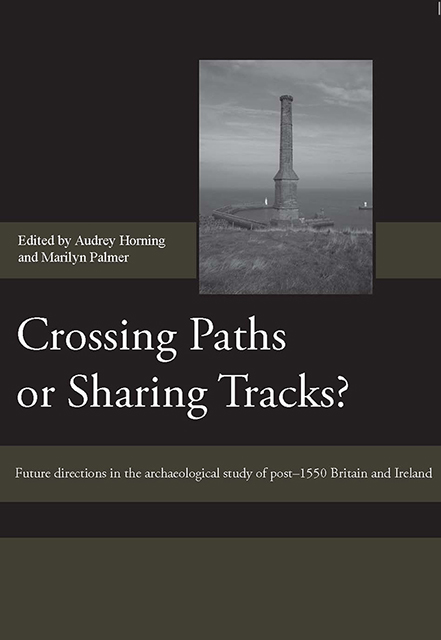 Crossing Paths or Sharing Tracks?
Crossing Paths or Sharing Tracks? Lancashire Cotton Mills and Power
Published online by Cambridge University Press: 07 March 2023
Summary
The recent debate in industrial archaeology has been presented as one of ‘things’ versus ‘people’, but this is not really the issue. The question is whether an understanding of technology and its development in all its contexts is central to the subject or whether this should be superseded by a programme asking specifically social questions derived from the theoretical social sciences. Using some specific examples relating to the power requirements of Lancashire cotton mills, this chapter suggests that an understanding of technology must remain central to the task of understanding industrial buildings.
INTRODUCTION
Although James Symons may be ‘more interested in the passage of clogs than the movement of cogs’, some of us would have to admit that we are more interested in the movement of cogs than the passage of clogs. This observation has no doubt led to the recent debate in industrial archaeology being presented as one of ‘things’ versus ‘people’, perhaps with an implication that those interested in ‘people’ occupy the moral high-ground over those interested in ‘mere machines’, but this is not really the issue. The question is whether an understanding of technology and its development in all its contexts is central to the subject or whether this should be superseded by a programme asking specifically social questions derived from the theoretical social sciences, as some recent publications purporting to provide a research agenda for the subject seem to suggest. Subsequently Ron Fitzgerald has argued forcibly that industrial archaeology should have a technological focus and that archaeological evidence can be used to answer questions about technological development. Using some specific examples relating to the power requirements of Lancashire cotton mills, this chapter suggests that an understanding of technology must remain central to the task of understanding industrial buildings.
My 1999 paper on ‘Water-supplies for steam-powered textile mills’ showed that an understanding of steam engineering and some elementary thermodynamic theory leads to an understanding of why mills were located where they were. The clustering along canals and other water-courses was because of the need for cold water to supply the engine condensers (Fig. 19.1). If such a ready water supply was not available then it was necessary to construct a reservoir (Fig. 19.2).
- Type
- Chapter
- Information
- Crossing Paths or Sharing Tracks?Future directions in the Archaeological Study of Post-1550 Britain and Ireland, pp. 261 - 272Publisher: Boydell & BrewerPrint publication year: 2009


